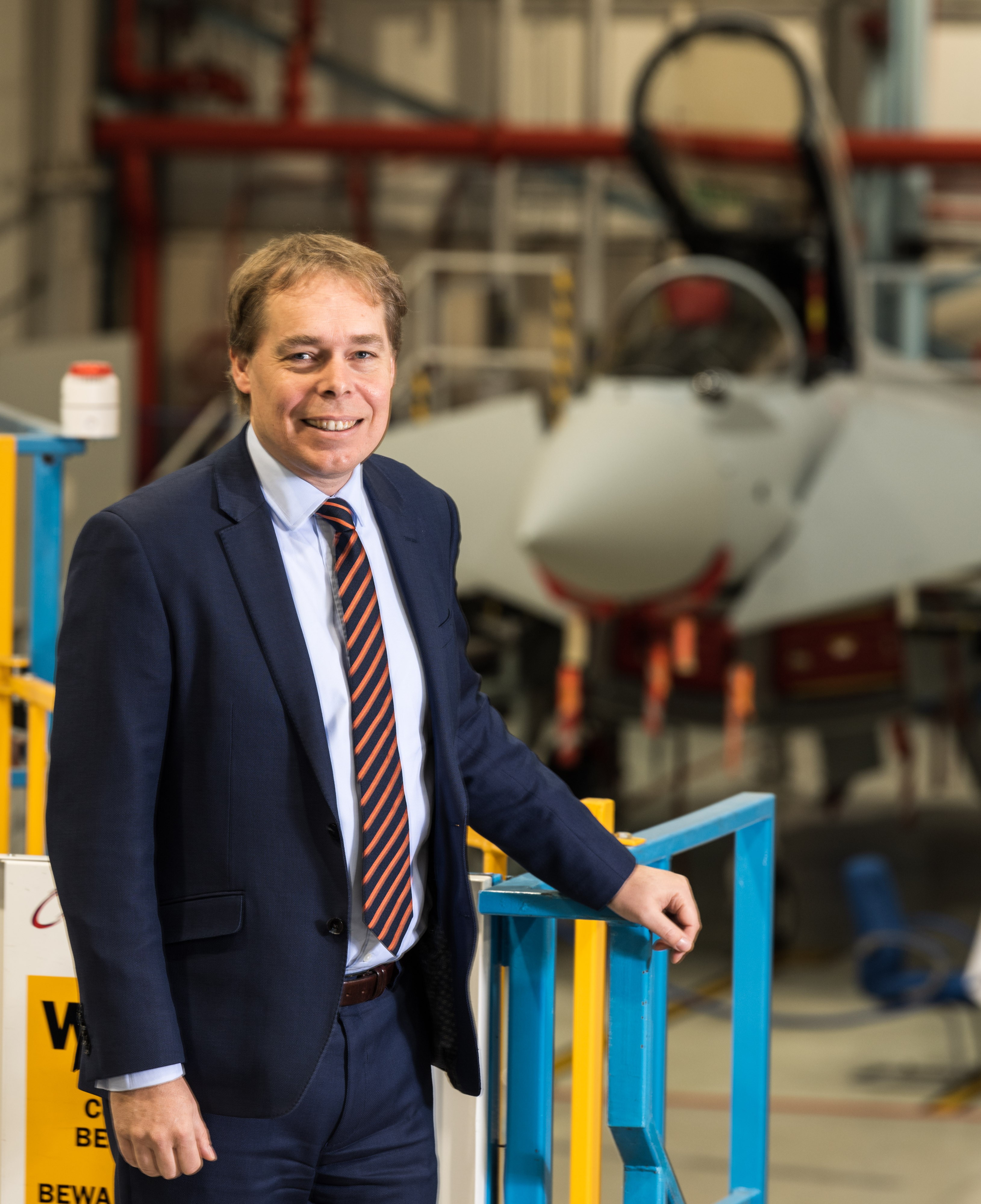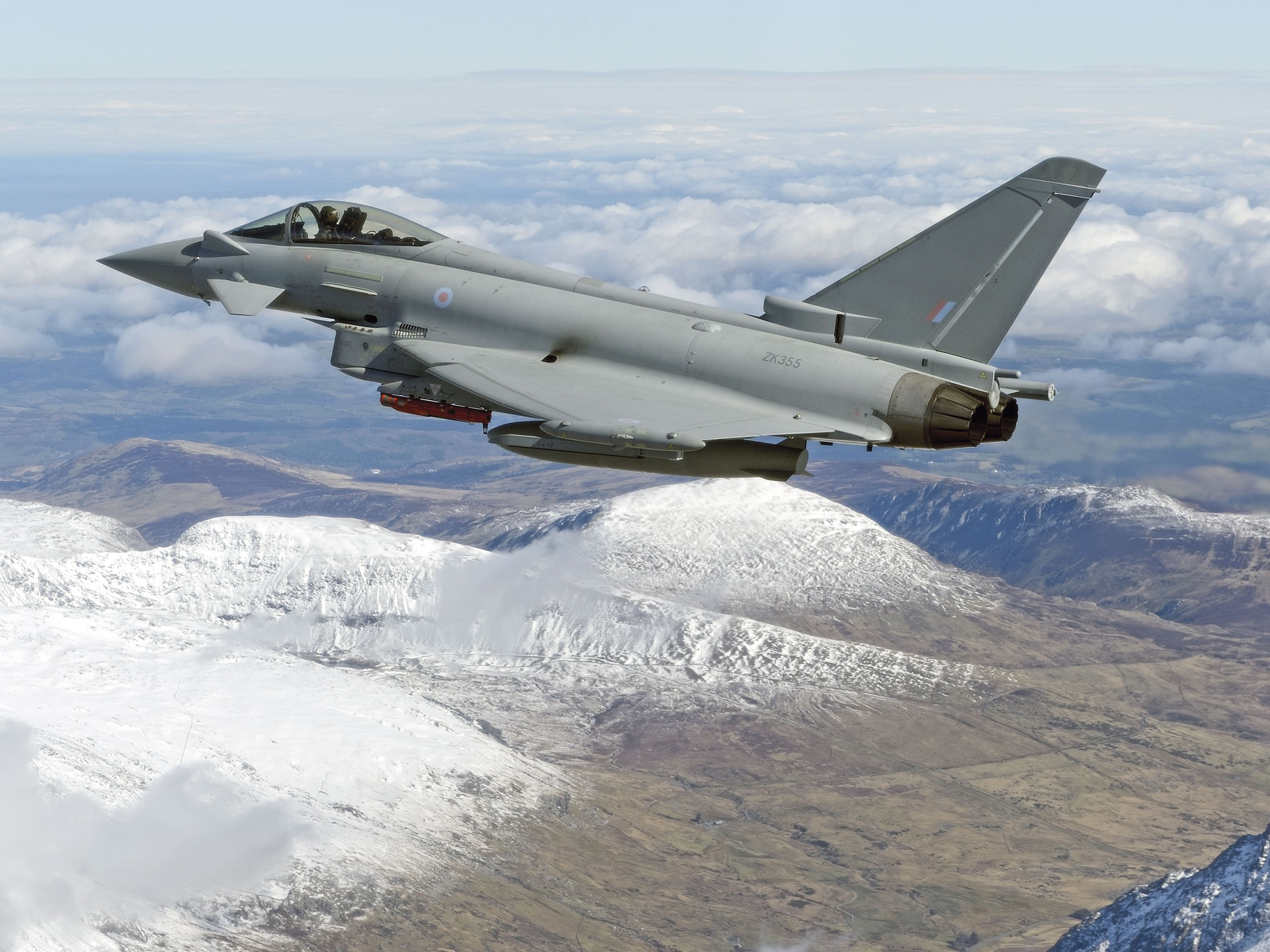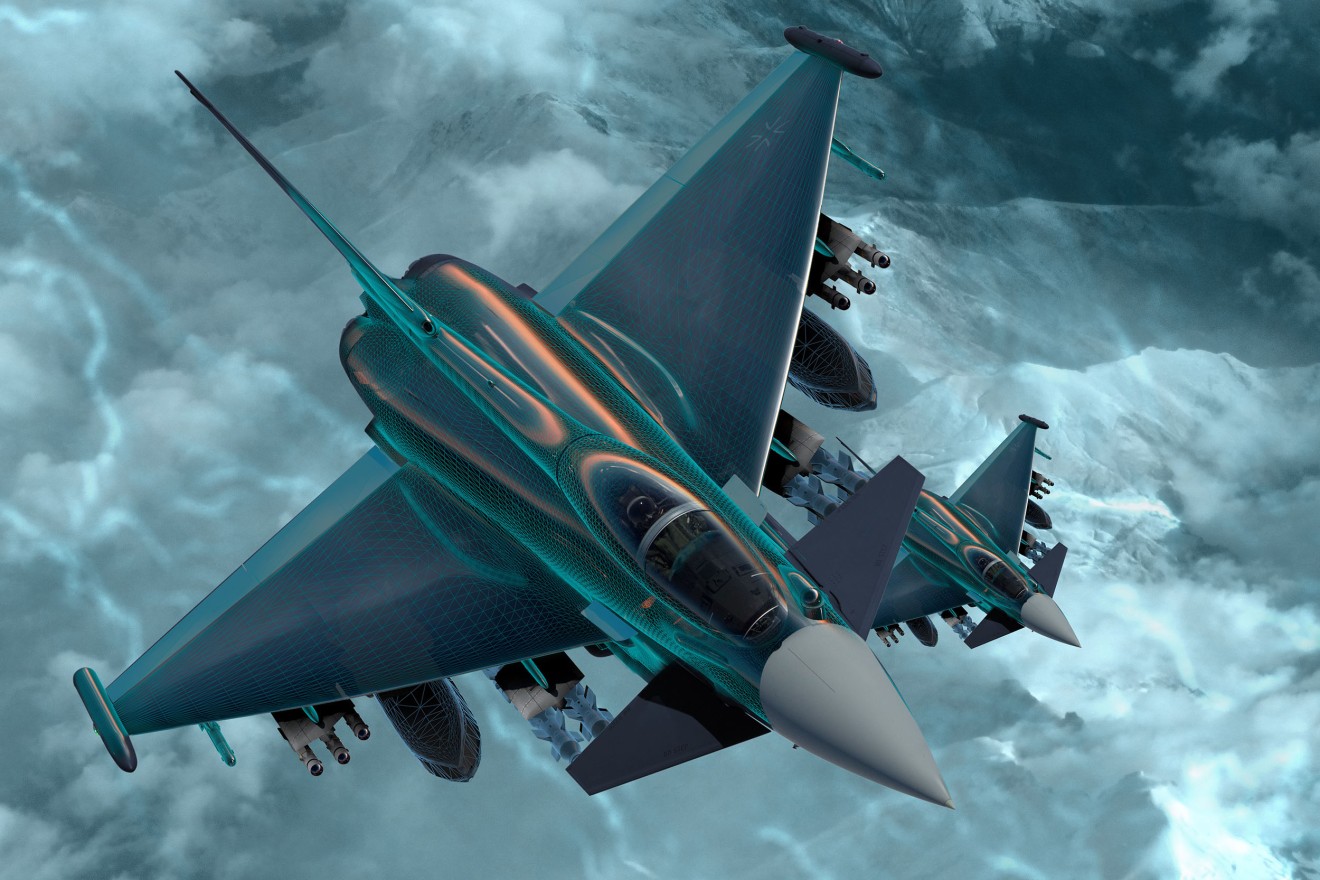As the new Eurofighter CEO (since 1 January 2019) your personal “Entry into Service” in this new job coincides with a historic milestone: The Atlantic Alliance will celebrate its 70th Anniversary in 2019. What is your political message to a global defence organization like NATO?
Claesen: At the heart of NATO is the collective and collaborative effort to keep the alliance partners safe. Eurofighter is European industry’s largest collaborative effort in response to NATO member requirements. The far-sight and vision of our NATO member states saw the need for a platform like Eurofighter for Europe, and that vision is still absolutely relevant today – and in the future. I believe NATO is vital for the security and prosperity of Europe – and the world. I am proud to be able, via the Eurofighter programme, to support NATO in its continued mission. Even the name of our first and still biggest customer, NETMA, carries the word NATO in it (NATO Eurofighter & Tornado Management Agency).
Eurofighter has accumulated more than 500,000 flying hours and more than 500 aircraft have been delivered to customers around the globe. Which member states of NATO are your customers at present?

Claesen
: Clearly, our core partner nations are all NATO members – the UK, Germany, Spain and Italy. In addition, via our partner nations, as part of their support for NATO, Eurofighter Typhoon continues to provide active air surveillance and air policing across several other NATO nations, including missions in Bulgaria, Estonia, Iceland, Latvia, Lithuania and Romania.Are you confident about winning additional Eurofighter customers within the North Atlantic Alliance in the next few years?
Claesen: Collaboration across the Eurofighter NATO participants and industry is at the heart of what we do. As part of this we consistently review capability requirements resulting in a continuous path of air combat capability development of the existing fleet as well as looking at fleet number requirements as for example is taking place with our German customer today.
But we also look at requirements of other NATO members, and we will be engaging in other campaigns when NATO members issue their requirements.
What are the major operational benefits that Eurofighter can offer to the Air Forces within NATO?
Claesen: Interoperability – designed from the outset to be compatible with all NATO operating standards.
Sovereignty – there are no ‘black boxes’ on Eurofighter Typhoon, thus allowing nations to own and control their own mission data.
Flexibility – Eurofighter Typhoon, in its latest standard, offers true swing-role capability, the most significant operational agility and potency yet achieved, and the widest range of European and US weapons.
Bridge to the Future - as the governments of Europe look towards the next generation European weapon systems, Eurofighter is the best placed platformto carry, demonstrate and certify a whole new host of technologies and deliver them as a mature capability for Europe. It is logical that the most widely used and high performingcombat air asset in the European theatre would be the naturalchoice for this purpose.
All NATO member states have been requested to increase their defence spending to two percent of their GDP. Do you think this will result in future business opportunities for Eurofighter?
Claesen: I think all our partner nations recognise the need for a strong defence capability.
For our core partner nations, who are all NATO members, Eurofighter Typhoon forms an important part of their defence capability, and will continue to do so for decades to come. And the long term evolution of the Eurofighter is driven by close dialogue and understanding of our partner nations’ requirements.
And this evolution has already started. One good example is the work that is being carried out in the UK, where the Royal Air Force has now completed the transfer of role capabilities from the Tornado platform onto the Eurofighter.

Eurofighter Typhoon is widely considered as the backbone of European air defence. Since more and more Joint Strike Fighter (JSF) will be delivered to several NATO countries, are you concerned that Eurofighter’s role will diminish?
Claesen: No. The Eurofighter Typhoon is one aircraft that performs many roles. And it does them extremely well. It was built for air superiority, but has proven itself in the air to ground role. It is a vital asset for all current and future operations and, with almost 500 Eurofighters based in Europe, it will continue to represent the core combat air mass of NATO in Europe. In addition, the Eurofighter programme helps to ensure European political alliances and the sustainment of engineering capability, which in turn supports European defence and aerospace sovereignty.
Further, the majority of F-35s currently in service operate as part of a mixed fleet, including, in the UK and Italy, alongside Eurofighter Typhoon.
According to media reports, the German Ministry of Defence selected Boeing’s F/A-18s and the Eurofighter Typhoon as potential candidates to replace the ageing Tornado fleet. Could you imagine that Germany will decide for a mixed fleet comprising the F/A-18 as a US platform and the Eurofighter as a European platform?
Claesen: This is clearly a decision for the German government. However I firmly believe that Eurofighter Typhoon is the logical – the right – choice for Germany. It would be a signal for a decision for a sovereign Europe. Also, in terms of high-end jobs and technological sustainment, it is the most logical choice. Just as has been clearly demonstrated in the UK, Eurofighter Typhoon can also take on all roles of the Tornado.
In addition, as Eurofighter Typhoon is already fully integrated within the German Air Force, it offers by far the lowest risk compared to any other solution in terms of cost, logistics and operations, as well as being fully certified according to German standards.
Germany and France are working on a new fighter aircraft programme called Future Combat Air Systems (FCAS). Other NATO nations such as Spain may join the FCAS programme very soon. What will be the role of Eurofighter in the meantime?
Claesen: Eurofighter is a role model for industrial and national co-operation, and plays a key role in the defence of Europe’s borders. I am confident that this is the right construct for military industrial collaboration as has been proven over the past 50 years when looking at Typhoon’s predecessor, Tornado. It will continue, as I have said earlier, to form the backbone of European air defence for decades to come, and it will continue to be developed and invested in. I have no doubt that an enhanced Eurofighter will form a key pillar of any future European combat air system, operating alongside any future combat aircraft as and when it come into service.
This article reproduced courtesy of Military Technology magazine
